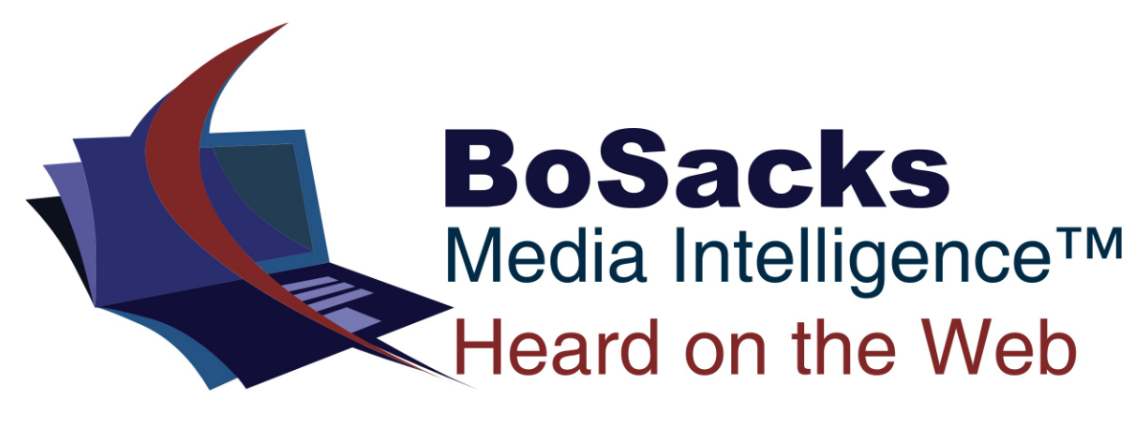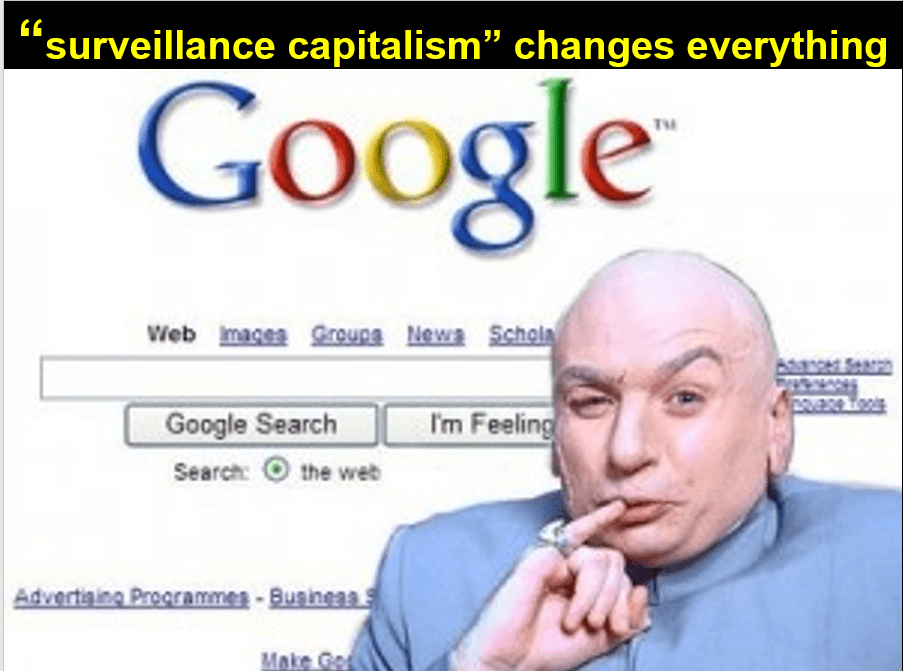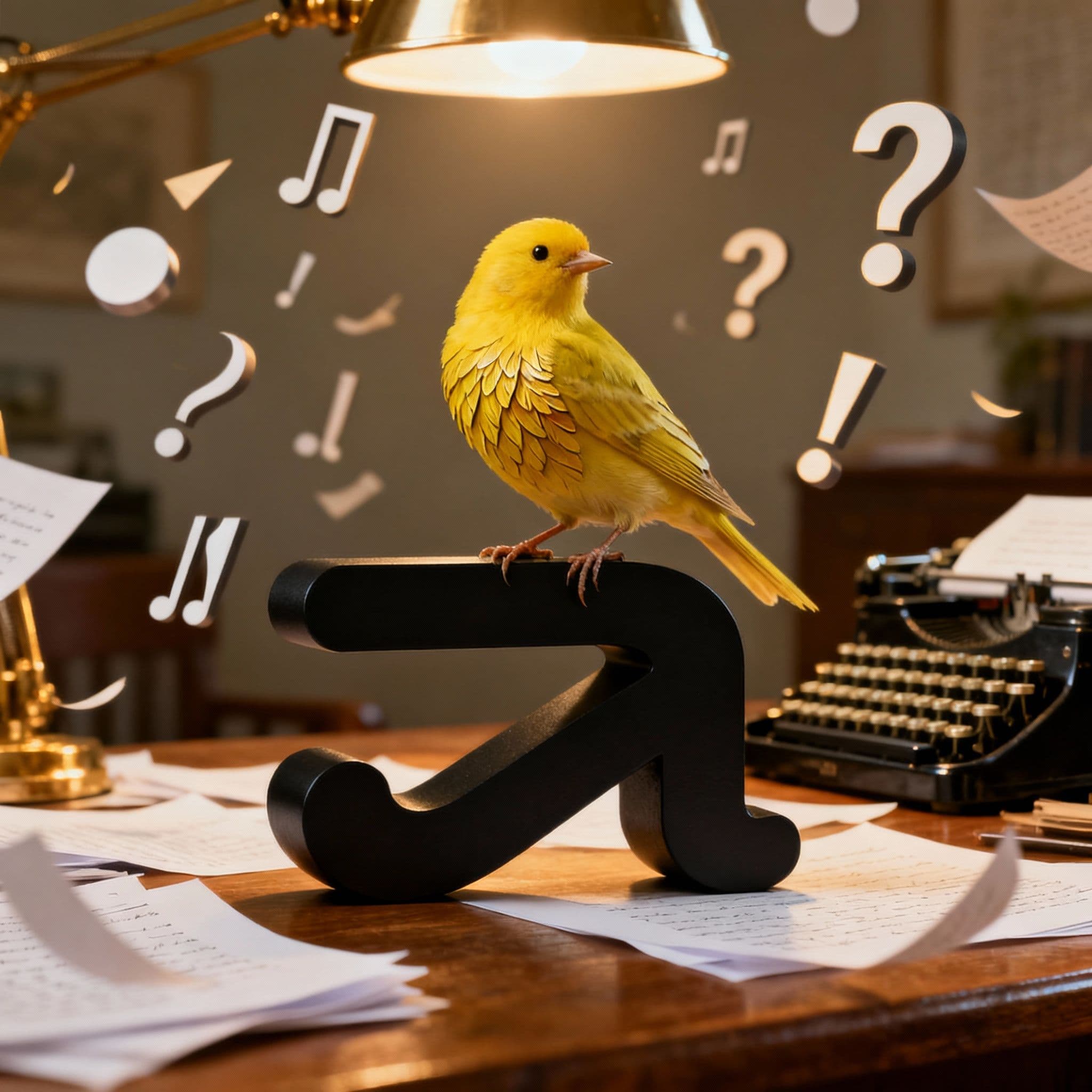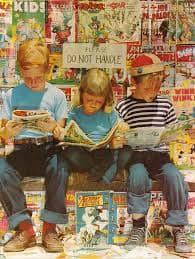BoSacks Speaks Out: Google’s Quiet Coup: The AI Sales Clerk and the Death of Browsing
Google is no longer a search engine. It’s no longer just an ad platform. It’s becoming something far more disruptive: an AI-powered universal sales cl...
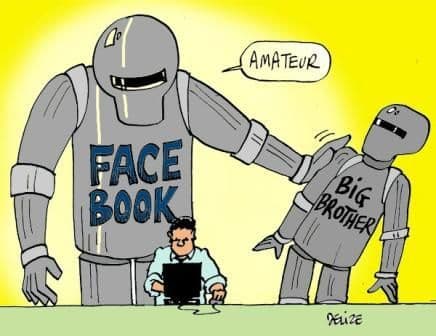
BoSacks Speaks Out: Big Brother Wears a Hoodie
Let’s quit pretending. Orwell pictured a boot on your neck. Ours shows up in a hoodie, smiles, and asks you to agree to the Terms of Service. The surv...

BoSacks Speaks Out: The Vanishing Memory of America’s Newspapers
The archives of America’s local newspapers, the photographs, the negatives, the visual heartbeat of our communities, are disappearing. Fast.
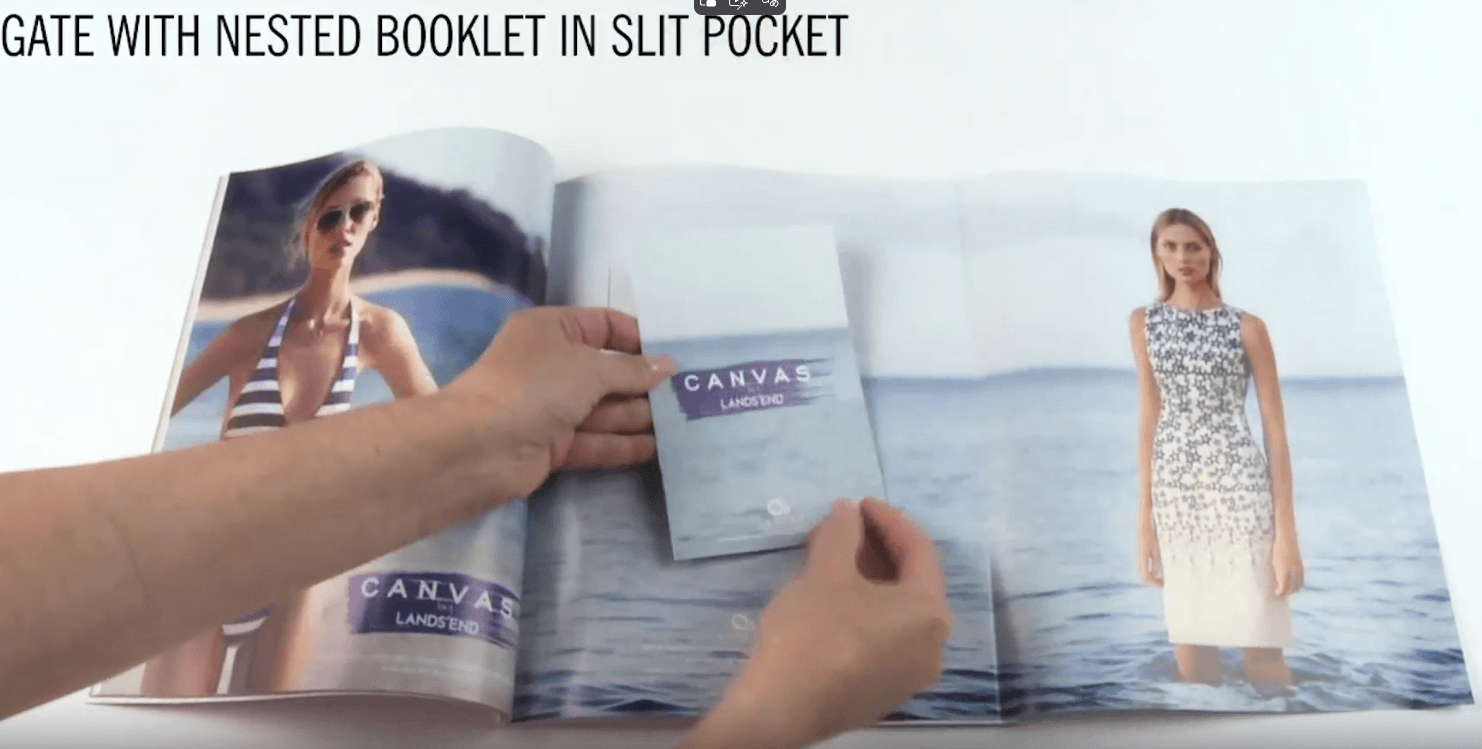
The Magazine Gimmick Book That Sold Print: Lessons for 2025
I sorted the best into 12 loose-leaf binders for the Sales team. Each page was a tactile pitch, a physical idea. We called it "The Gimmick Book." It d...

BoSacks Speaks Out: How to Annoy Fans and Influence... Absolutely No One
I am a magazine guy, ink in the veins, saddle-stitched soul, and a mark-up for every occasion. I know my way around marketing. Political marketing, ho...

BoSacks Speaks Out: Super Users Are Not a Discovery, They’re the Job Description
Let’s skip the pleasantries. If you’re just now “discovering” super users, you’re not late, you’re lost. The quote from the article, “We started calli...

BoSacks Speaks Out: The Bots Are Winning, Publishers Are Letting Them
We’re living in a paradox so rich it could headline its own satire column. Publishers preach the sanctity of intellectual property, sacred, inviolable...
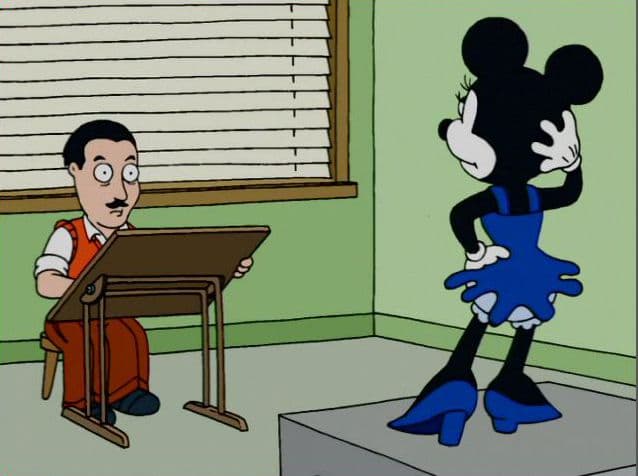
BoSacks Speaks Out: What If All Media is Marketing? (No Paywall)
Doug Shapiro recently published a sharp and provocative piece on Substack titled What If All Media Is Marketing? (No Paywall), exploring the logical c...

BoSacks Readers Speak Out; On the Em Dash, My Weekly Reader and Magazines as Maps
"This is where the em dash debate hits paydirt, and where my earlier blindness becomes instructive. If most writing today is disposable, designed to b...
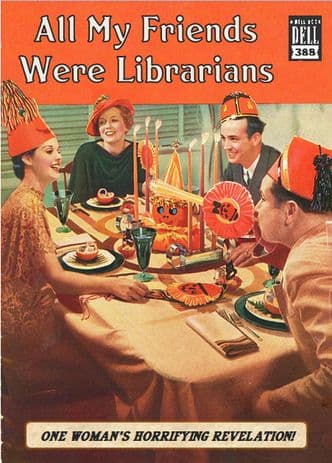
BoSacks Speaks Out: Education Runs on Bandwidth, 2025
This isn’t about politics. It’s about plumbing. It’s about the pipes that carry opportunity. If we want a functioning society, skilled workers, litera...
